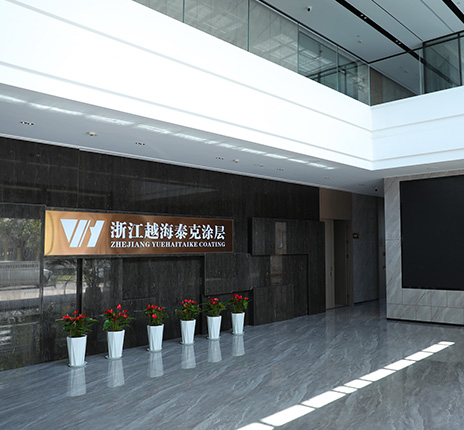Neem contact met ons op voor meer informatie
Wil meer weten? Stuur ons nu een bericht!
Zhejiang U-hightech Coating Technology Co., Ltd. Verduisterende gecoate rolgordijnstof Fabrikanten En Verduisterende gecoate gordijnstof Leveranciers.
Zhejiang U-hightech Coating Technology Co., Ltd. ligt dicht bij Hangzhou, gelegen ten westen van de beroemde bezienswaardigheden Qiantang Tide. Toegewijd aan de productie van black-out en vlammen vertragend gordijndoek, rolgordijn, reclame doek, spuitdoek, wanddoek en andere huishoudelijke textielstoffen, het is een fabrikant van coatings integratie van weven, verven en afwerken, coaten, stroomden, onderzoek en ontwikkeling en innovatie. Gebaseerd op de hoogwaardige en high-end markt van de coating industrie, het heeft een jaarlijkse productie van 20 miljoen meter. De producten worden voornamelijk geëxporteerd naar ontwikkelde landen in Europa en de Verenigde Staten, en zijn grondstof coöperatieve ontwikkelingspartners zijn onder meer een aantal van de 's werelds top 500 ondernemingen, het is uitgegroeid tot een van de coatingfabrikanten in de provincie Zhejiang.


In de moderne gordijnmarkt, Black -out gecoate rolgordijnstof heeft veel aandacht getrokken voor zijn uitstekende lichtschaduwprestat...
Omdat de dubbele vraag van consumenten naar gordijnfunctionaliteit en esthetiek blijft toenemen, waterdichte gecoate stof wordt steed...
Op het gebied van advertenties en afdrukken, TPU composiet gecoate stof (Thermoplastische polyurethaancomposiet gecoate stof) wordt snel een...
In het dynamische landschap van de textiel- en interieurindustrie, Film black -out gecoate gordijnstof is naar voren gekomen als een spel - ...
Wat is Flockcoated stof? Flocking gecoate stof is een stof gevormd door het aanbrengen van basisvezelspluis op het oppervlak van de stof d...
Met de voortdurende ontwikkeling van de markt voor thuisdecoratie, is de vraag van mensen naar wandmaterialen geleidelijk verschoven van eenvoudige...
Naarmate het moderne huisontwerp zich geleidelijk ontwikkelt in de richting van zowel veiligheid, milieubescherming als bruikbaarheid, beginnen ste...
Anti-fouling muur doeken zijn meestal gemaakt van krachtige materialen met anti-fouling-mogelijkheden. Deze materialen, zoals polyvinylchlori...
Allereerst het prominente kenmerk van Film black -out gecoate roll gordijn stof is de lichte schaduwprestaties. Dit gordijnstof is speciaal ...

Wil meer weten? Stuur ons nu een bericht!